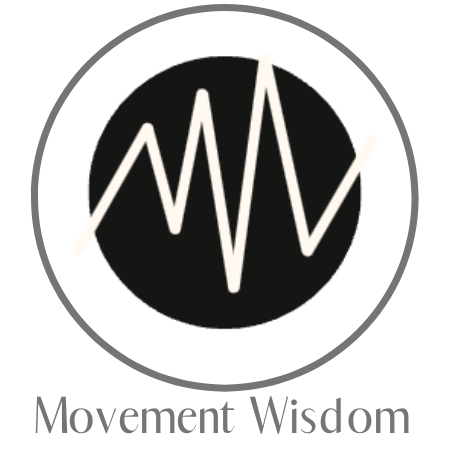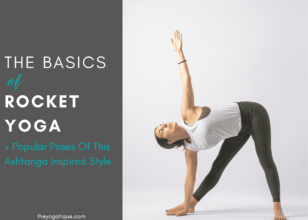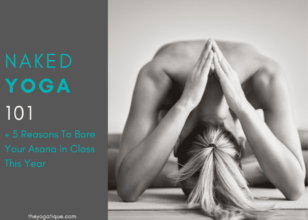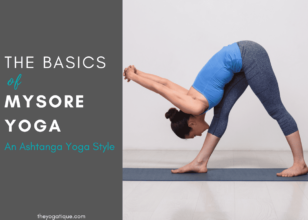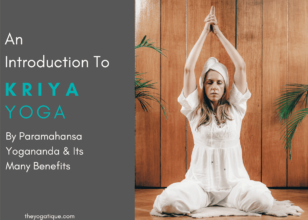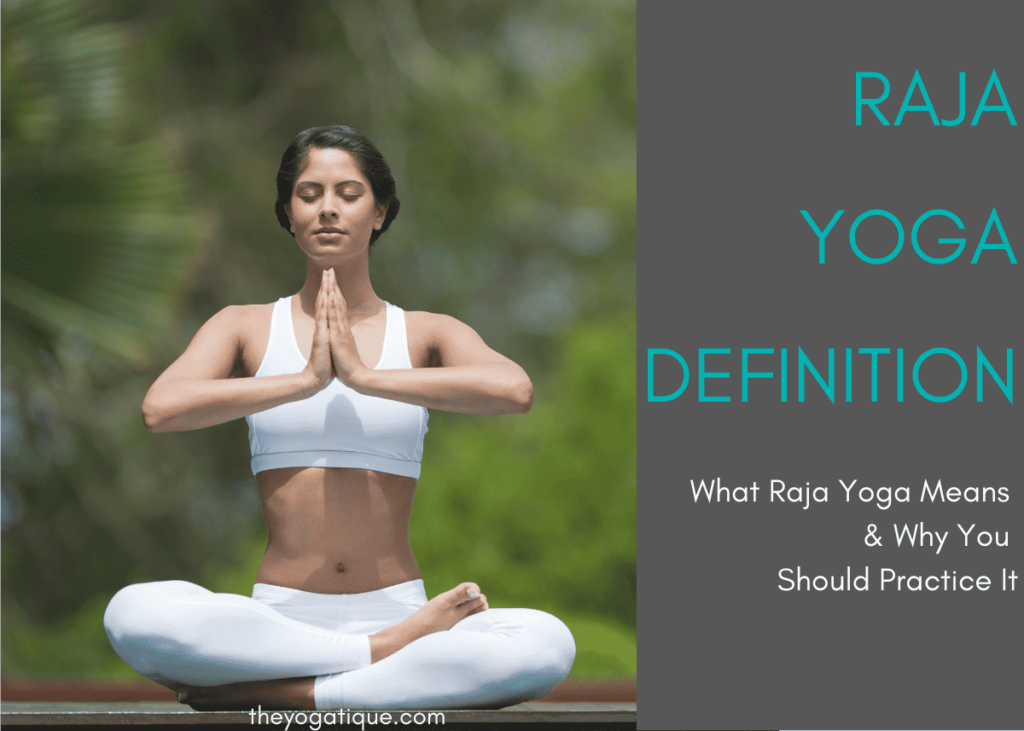
Have you just got your head around the Eight Limbs of Yoga only to encounter yet another confusing yogic term; Raja yoga? In this article, I explain what Raja yoga is and how it can benefit us in the most easy-to-understand way.
When we don't understand yoga tradition, we tend to write it off as irrelevant or unimportant. However, every 21st-century yogi should understand the Raja yoga definition and meaning as it relates to many other yoga styles, including Hatha and Ashtanga.
Learning yoga philosophy can be complex and confusing, I feel ya, but this doesn’t have to be the case. Read on for the distilled explanation of the sacred Raja practice.
Article content:
(Click any link below to jump directly to section)

IS YOGA TEACHER TRAINING ON YOUR RADAR?
Online Yoga Teacher Training Offers
- Affordability
- Flexibility
- Certification
- Lifetime access
⬇Click below to discover the best Yoga Alliance registered online yoga certifications to join now⬇
How Raja yoga is defined in Hinduism
Raja yoga, a meditative yoga path, is about gaining control over the mind – something we seek to achieve through meditation.
Raja is the Sanskrit word for “king” or “royal,” so the term Raja yoga can be translated to “royal yoga.” Raja yoga is viewed as the supreme or “royal path” to attaining this state of unity of the mind, body, and spirit.
Raja yoga is one of the four classical types of yoga systems originating from the ancient Hindu scriptures, Patanjali's yoga sutras. The four systems are:
- Raja yoga – the yoga of meditation
- Jnana yoga – the yoga or wisdom or self-study
- Bhakti yoga – the yoga of devotion
- Karma yoga – the yoga of selfless action
While each yoga system features a different practice, the goal remains the same; to attain spiritual liberation or self-realization (moksha).
Raja yoga vs. Hatha yoga
Even though Hatha is part of the Raja yoga path, its focus differs. Hatha yoga focuses on creating a healthy and strong system (physical body). The principles of Raja yoga seek internal harmony by studying the human mind.
The Raja yogic system (according to the Raja yoga definition) focuses on studying (and controlling) the human mind. It does not focus on doing fun tricks like acro yoga.
Hatha yoga is more about achieving a balance between the physical and energetic bodies. This is achieved through practicing yoga postures (asana) along with pranayama and meditation.
As the oldest yoga discipline from Indian philosophy, other styles of yoga, such as Kundalini and Mantra Yoga, also stem from Raja. If you're planning to introduce yoga to your kids, this is worth knowing.
Raja yoga meditation
When you look at Raja meditation in its simplest form, it's essentially breath awareness meditation. There are no mantras, visualizations, rituals, or breath retention, making it one of the most accessible meditation techniques.
So to do this meditation technique, simply follow these two steps.
- Observe each inhale and exhale. Feel the sensations in the body as you breathe. For example, notice the air entering your nostrils and your chest rise as you inhale. Then feel the warm air leaving your nostrils and the chest fall as you exhale.
- Whenever you realize thoughts have come up, simply acknowledge the distraction, then bring your awareness back to your breath.
At the beginning of the practice, you might find your mind is totally distracted (and that's ok). If you stick at it, acknowledge the distraction, and return to your
During Raja meditation, you practice the last five limbs of the eight fold path. These are known as the internal limbs, and they are:
1. Pranayama (Control of vital energy)
The first part of Raja meditation is awareness and control of the breath. By connecting to our breath, we enhance the flow of prana (life force).
2. Pratyahara (Withdrawal of the senses)
This limb refers to shifting your awareness from the external senses to the inner sensations of your body. During this stage, your mind stops reacting to external disturbances and, instead, moves inwards.
3. Dharana (Concentration)
Once you've withdrawn your senses, you will have more control over your mind. You can maintain concentration on a single object, which in the case of Raja meditation, is the breath.
4. Dhyana (Meditation)
After sustained concentration on the breath, you will eventually become wholly absorbed in it. You'll enter a super-conscious state where thoughts no longer arise, and your mind essentially becomes “still” This is Dhyana, true meditation.
5. Samadhi (Enlightenment)
According to the yoga sutras of Patanjali, a sustained state of Dhyana is said to be attained in part by removing the ego which helps lead to Samadhi, which is the end goal of yoga.
↓Great Yoga Alliance registered yoga teacher trainings you should look into↓
Raja yoga benefits
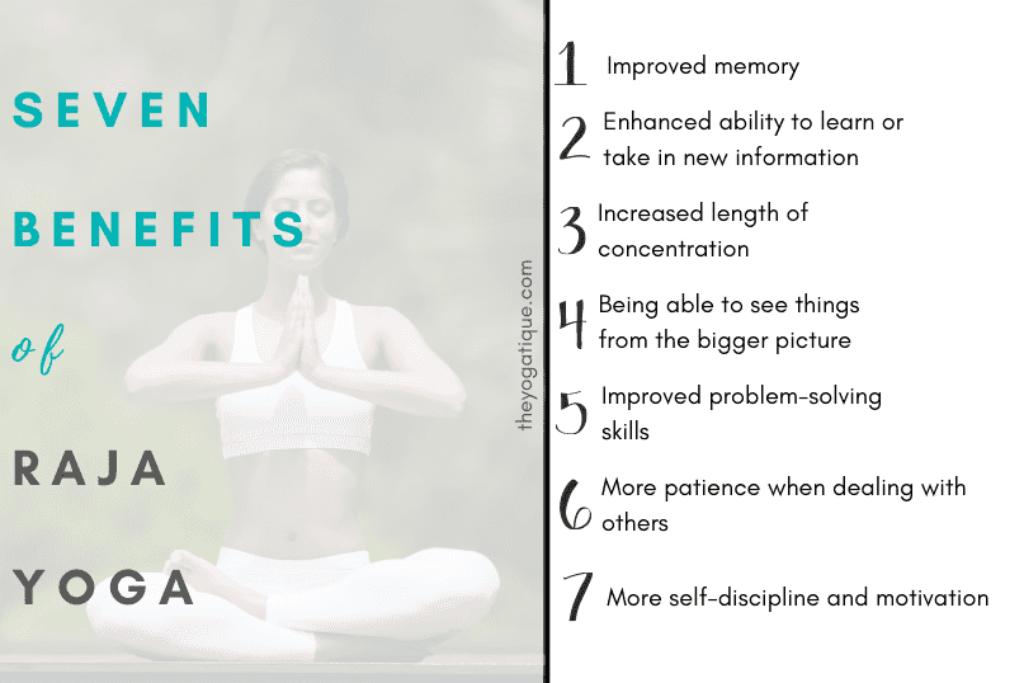
While traditionally, the goal of Raja yoga was to enter a state where all thoughts cease, the intention of modern-day Raja meditation practitioners is different.
As a busy parent, employee, business owner, etc., controlling the mind is not about silencing it – because, let's face it, we need the ability to think to get through our daily life!
So, I believe the modern-day intention of Raja yoga practice is to regulate the thought waves and clear out unnecessary mental clutter. With a steady mind, we can think clearer and focus better, which leads to various cognitive benefits, such as:
- Improved memory
- Enhanced ability to learn or take in new information
- Increased length of concentration
- Being able to see things from the bigger picture
- Improved problem-solving skills
- More patience when dealing with others
- More self-discipline and motivation
Of course, as it originates from ancient yoga philosophy, Raja meditation also has many spiritual benefits, including:
- Calm, relaxation, and inner peace
- A sense of oneness and understanding that everything in the universe is connected
- More connection to your true self and true nature
- Access to higher states of consciousness
Takeaway Raja yoga definition
I hope this has given you a clearer understanding of the Raja yoga definition and meaning. Like all ancient yogic practices, the royal path of Raja yoga certainly has relevance in modern-day life and should be included in your daily yoga practice.
FAQ about Raja yoga
What type of yoga is Raja yoga?
As mentioned above, Raja yoga is one of the four classical types of yoga systems originating from the ancient Hindu scriptures, Patjanjali's yoga sutras.
What is Raja Yoga good for?
Being that Raja yoga focuses on inner harmony, Raja yoga helps you feel more positive and have an elevated state of mind and mood.
Some online yoga studios, online yoga teacher training programs, and brands that we write about may offer us a small commission should you decide to make a purchase or signup after reading our content. Thank you for enabling us to exist!


